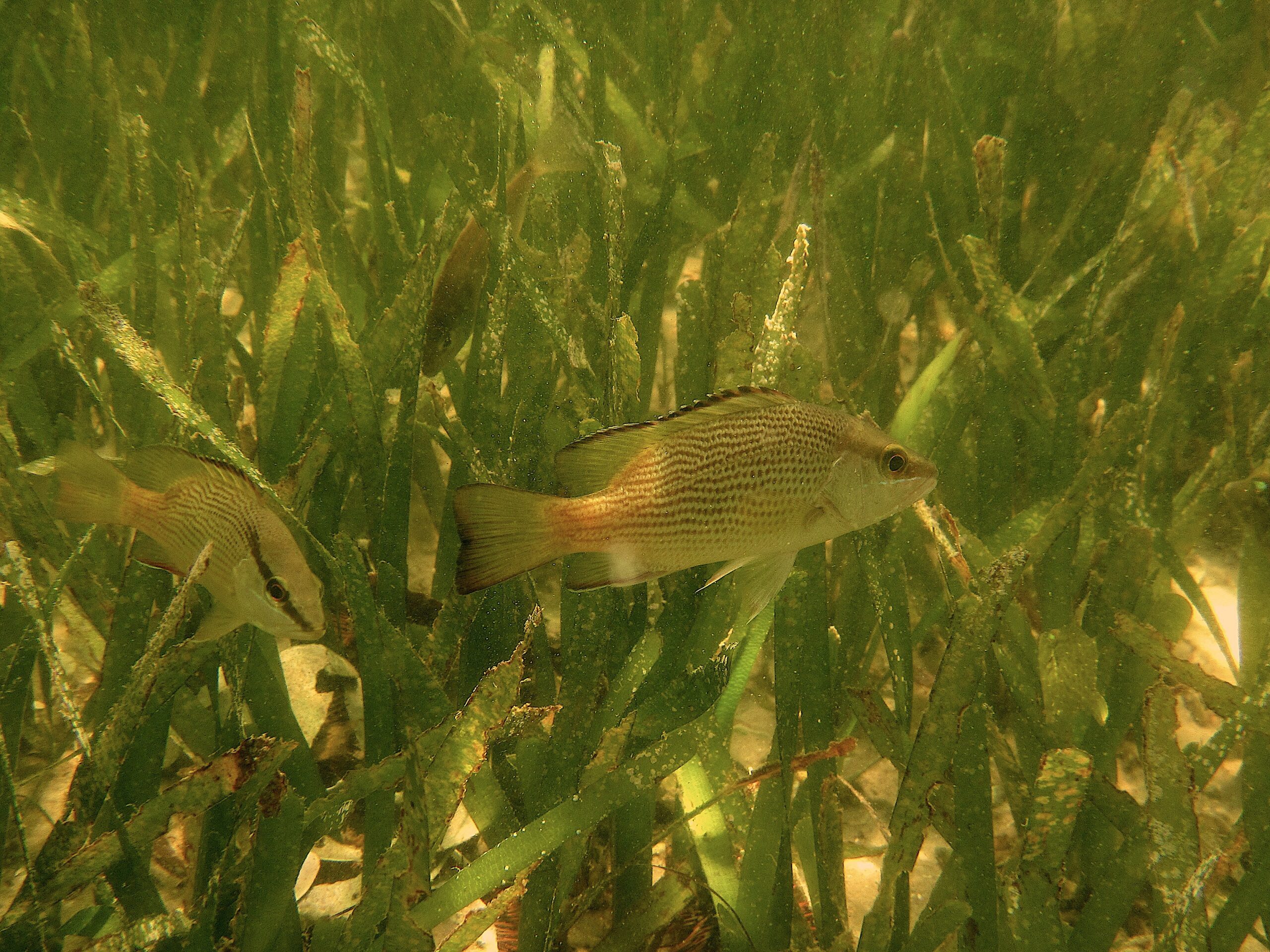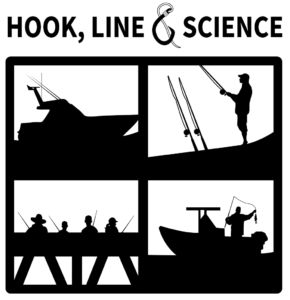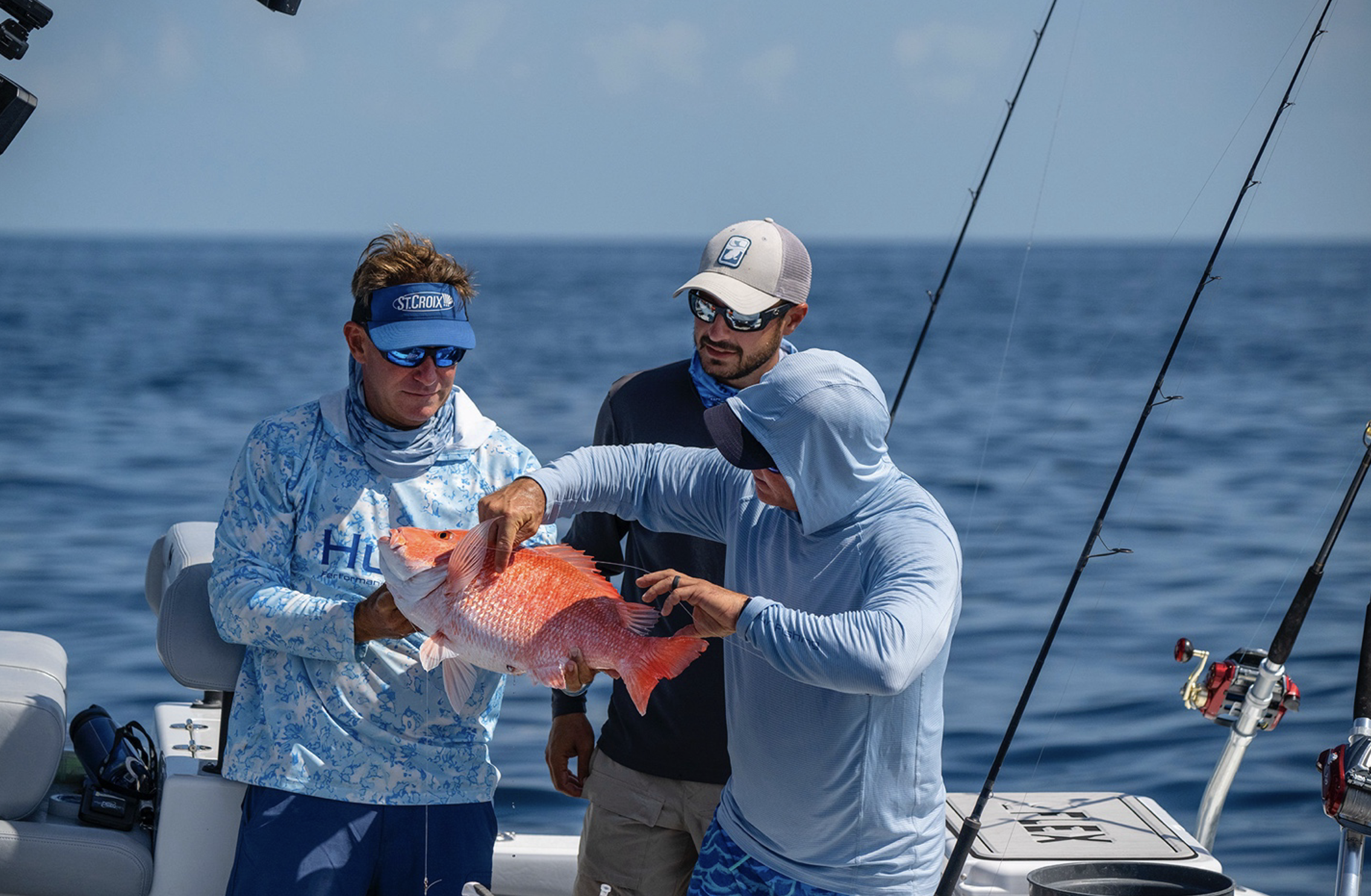How are we protecting fish nursery areas?

A new study shows North Carolina is among a few coastal states that explicitly designate nurseries.
Research Need
Many fish species, including those that are commonly caught in recreational and commercial fisheries, initially live in inshore waters, such as sounds, bays, streams, and other estuaries. These “fish nursery areas” allow young fish to grow safely, away from predators, before moving offshore as adults.
Without the protection of nursery areas, young fish may be vulnerable and never reach adulthood — or your plate.
But these areas are especially sensitive to threats, such as damage to fish habitats from boat traffic or fishing gear (e.g., trawls, dredges, etc.) and pollution. Fisheries management can limit activities within nursery areas, including fishing practices, as well as development that may lead to pollution or harm to the habitat.
So, how do scientists define fish nursery areas, and how exactly do coastal states protect them?
What did they study?
Researchers at East Carolina University combed through almost 10,000 scientific studies and found 19 studies with unique ideas for the definition of nursery areas. The research team then looked at state management documents from all 23 coastal states (including Alaska and Hawaii).
The team determined whether management policies for each state included explicit nursery protections, and, if so, and what those protections are.
What did they find?
The researchers identified several definitions in use for nursery areas, including:
1) areas with the highest numbers of juvenile fish
2) areas where the juvenile fish grow the fastest
3) areas with habitat features that attract juvenile fish (e.g., seagrass, mangroves, etc.)
4) areas with multiple different habitats connected to each other
5) areas that produce the most harvestable fish (by number and weight) over time
6) areas that young fish use year after year.
Although the nursery definitions are abundant and diverse, only seven of the coastal states explicitly designate nursery areas. North Carolina, one of the seven, is the only one to list multiple types of nurseries under management: primary nursery areas (the tiniest of the fish), secondary nursery areas (for slightly larger juvenile fish), and special secondary nursery areas (a flexible designation).
In an attempt to protect the small fish in all of these nursery areas in North Carolina, fisheries managers employ gear restrictions, seasonal closures, and restrictions on coastal development.
What else did they find?
The team found that even if nursery areas are not explicitly protected, all states have some form of management to protect juvenile fish.
Researchers also found that not all the state designations follow the definitions of nursery areas that scientists use. Therefore, the team includes recommendations for other researchers and fisheries managers to help define and protect nursery areas.
Anything else?
To protect juvenile fish, anglers should follow management regulations in their home state — and look them up when going to new states. North Carolina nursery area management regulations are available under the NC Marine Fisheries Commission Rules documents.
Following management regulations can help protect fish that you may find one day on your dinner plate.
Reading
Trackenberg, S.N., Baillie, C.J., Fodrie, F.J., Bartusek, S.M., Wellman, E.H., and Gittman, R.K. 2024. Are nursery approaches maturing in their application to US fisheries management? BioScience 74(2): 86-96. doi.org/10.1093/biosci/biad113
This research was funded by the North Carlina Coastal Recreation Fishing License grant program and the North Carolina Sea Grant and the Albemarle Pamlico National Estuary Partnership graduate research fellowship.
By Stacy Trackenberg
The text from Hook, Line & Science is available to reprint and republish at no cost, but only in its entirety and with this attribution: Hook, Line & Science, courtesy of Scott Baker and Sara Mirabilio, North Carolina Sea Grant.

- Categories:



